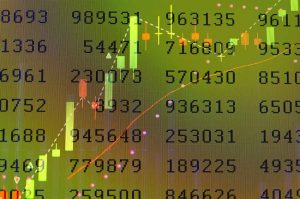
One of the biggest challenges to the well-informed trader and investor is recognizing that your only loyalty should be to the trend. The key that makes that simple statement come to life is how you define the trend.
In your trading career, what will occur thousands and thousands of times is coming across information which appears important and significant, and your job is to determine how it relates to your understanding of the current trend. In this article, I am going to discuss trend analysis techniques. We will look at their strengths and weaknesses and most importantly apply these tools to the current market environment.
You are probably very aware that over the past 8 weeks we have seen nice rallies in the stock market indexes. Here are the weekly charts for the S&P 500, The NASDAQ Index and The Russell 2000 Index.
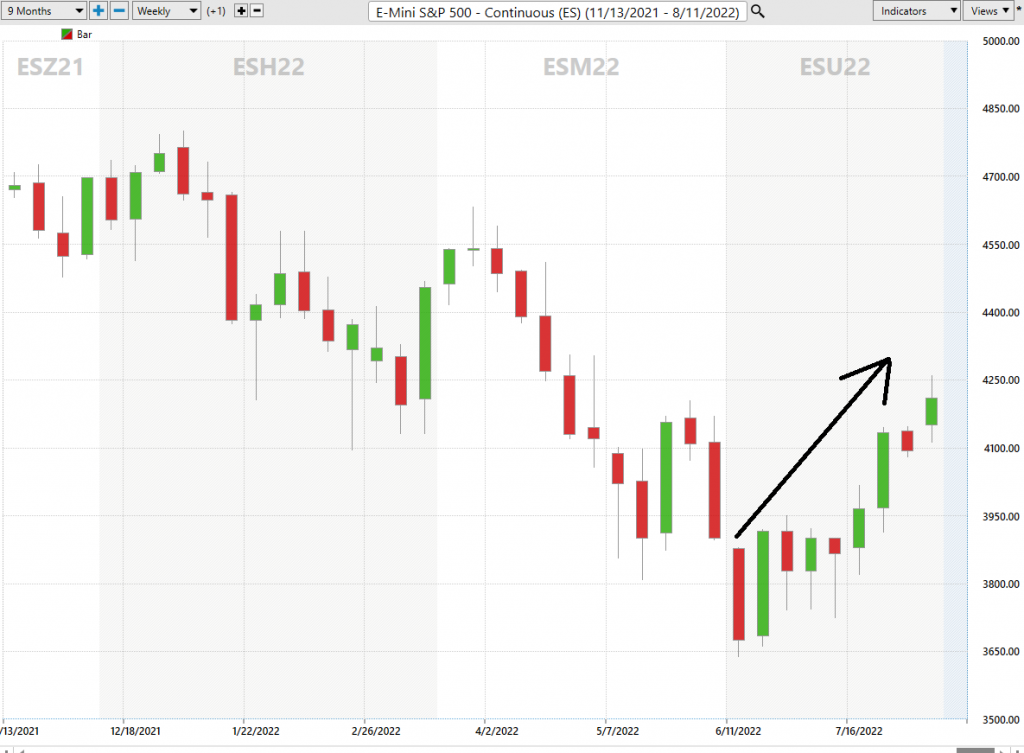
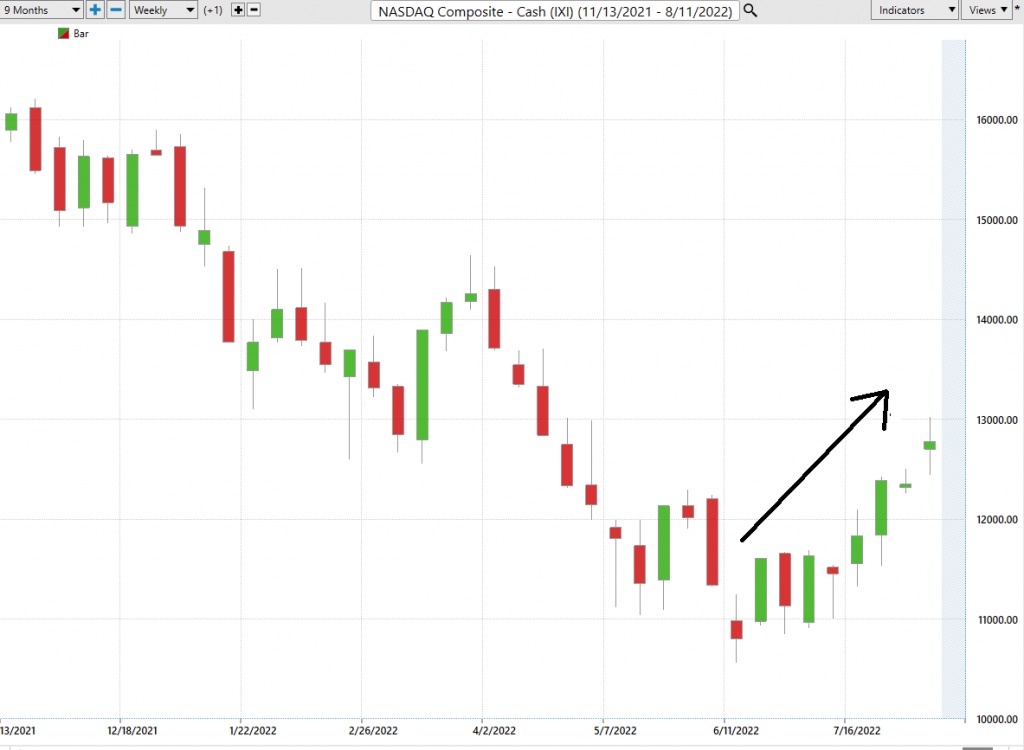
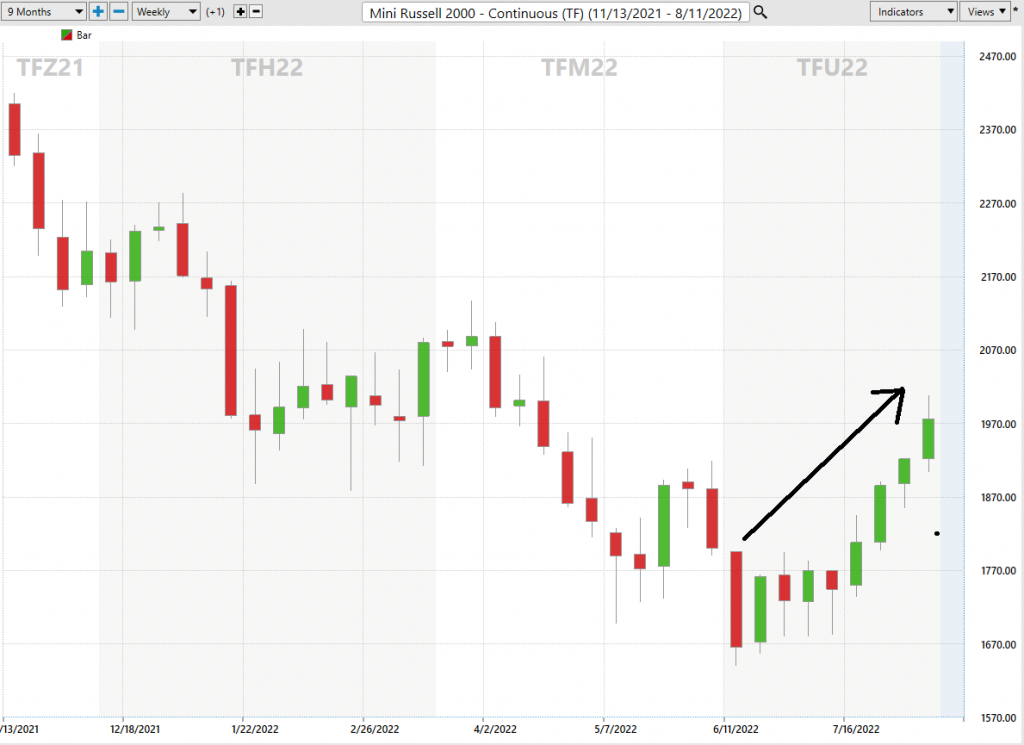
All of these trends have occurred in an economic environment of high inflation and low economic growth. It is completely counterintuitive.
If you study the following graphic there are four quadrants of potential economic growth when compared to inflation. Today, regardless how you read the economic reports or headlines the economy is either in a stagflation or a recession. Yet, in spite of this reality, the stock indexes have posted respectable rallies.
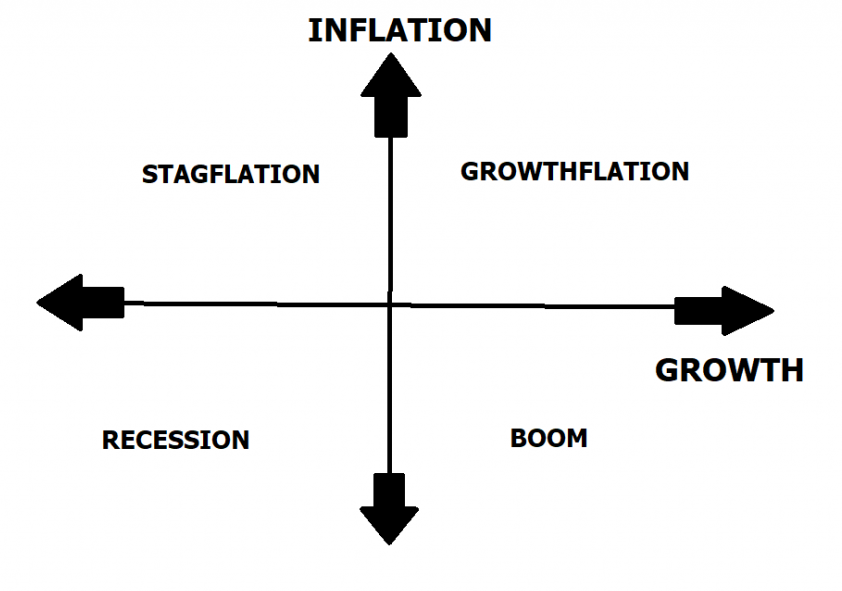
This dissonance is what often creates great stress and anxiety for traders. The question is often asked does the market create the news? Or does the news create the market?
While this question is interesting to debate it won’t help you much with your trading performance. What will help you is reflecting on TIME, or duration of your trade, and how you are currently defining a trend.
A trend is defined as a direction, tendency or bias based upon at least 3 data points of varying degrees. In forecasting, automatic identification of such tendencies from data is called trend estimation. The purpose of trend estimation is to reduce the error in forecasting by focusing on the underlying direction of movement in the variable being forecast. This is important when forecasting long-term trends. Mathematicians and statisticians use various methods to identify trends, including calculation of averages, medians, and variances, and more sophisticated statistical techniques such as regression analysis. Once a trend has been identified, it can be used to make better decisions about determining the best move forward. This form of trend analysis can also be used to spot potential opportunities and threats before they arise. By understanding trends, we can make better decisions about the future and position ourselves to take advantage of emerging opportunities.
Pattern recognition is a technique that is commonly used by traders in order to forecast future price movements. The concept is based on the idea that prices tend to repeat themselves, and by recognizing these patterns, which often remain hidden to the naked eye, traders can make more informed decisions about when to enter and exit trades. While pattern recognition can be a useful tool, it is important to remember that it is not an exact science. Prices are constantly changing, correlations are constantly evolving, and no two situations are ever exactly alike. As a result, there is always some element of risk involved in trend forecasting. However, by understanding the probabilities of certain price movements occurring, traders can make more informed decisions and create better risk/reward scenarios for themselves. In the end, success in trading comes down to understanding the risk-reward scenarios that are inherent in all markets. By understanding these risks and rewards, traders can make more informed decisions about how to approach the market, and ultimately improve their chances of success.
Essentially you can’t discuss trend analysis without having a firm understanding of volatility and time. There is a strong relationship between risk and volatility. In general, assets with higher risks will also be more volatile. This is because higher risks tend to lead to larger swings in an asset’s price. However, it’s important to remember that risk and volatility are not the same thing. Volatility is a direct measure of price movement, while risk is a statistical concept that considers both the magnitude and frequency of price changes. Directly related to this concept for traders is time. All these arithmetic factors are needed to effectively define a trend. However, the one key element that all traders confront individually is SIZE and TIME. In other words, each trader determines how big they are going to trade and what time frame will be their duration. These two components are the biggest determinants in defining individual risk and long-term success.
A few weeks ago, I was listening to a podcast and a top CEO was discussing that his main purpose and function was to always make sure he never ran out of money. In other words, having access to funds and liquidity /credit was essential to long-term survival. This is wonderful advice to traders and investors and demonstrates that money management is vital for long-term success.
Great trading is never defined by how much you make when you are right, but by how little you lose when you are wrong and by how quickly you can exit a losing trade. Risk management is central to great trading because it allows traders to survive their inevitable losing streaks and still be around to take advantage of their inevitable winning streaks. The goal of risk management is not to avoid all losses, but rather to minimize them and to always have enough capital available so that one large loss does not wipe
out the account. To accomplish this, traders use a variety of risk management tools including stop-loss orders, position sizing, and hedging. By managing their risks, traders can stay in the game long enough to eventually achieve their desired level of success.
Why is this theoretical stuff important?
Over the past few weeks, we have seen quite a substantial rally in stocks. This has occurred in a negative news environment.
From the lows posted on June 16, 2021, we have the S&P up 15.47%.
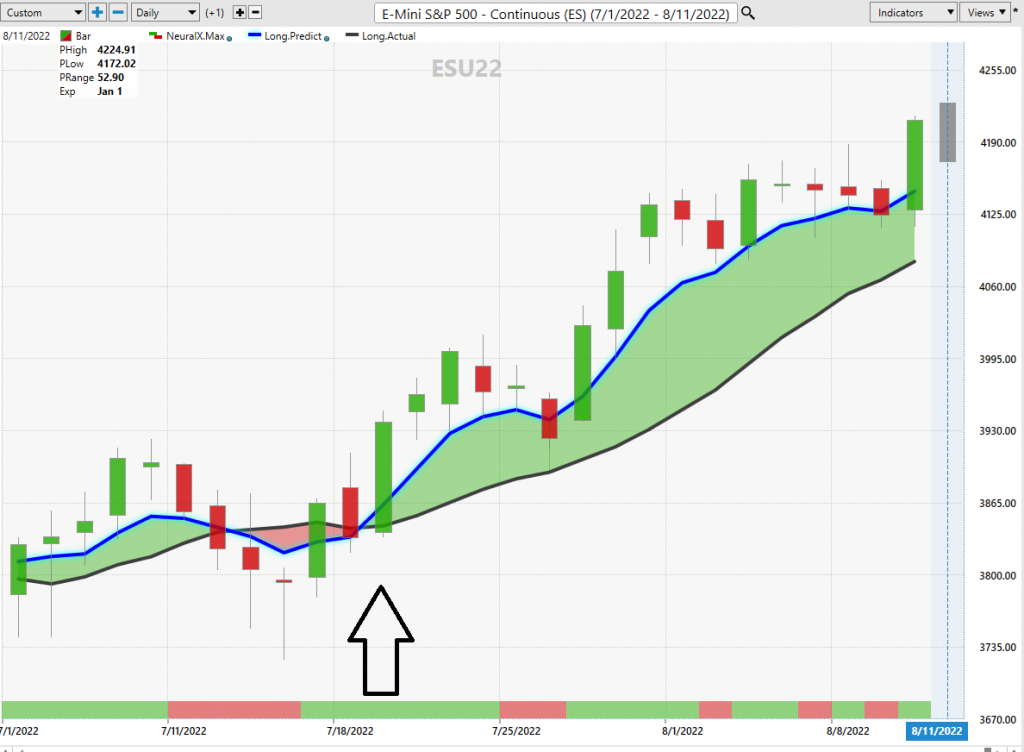
The NASDAQ is Up 20.69% from its lows.
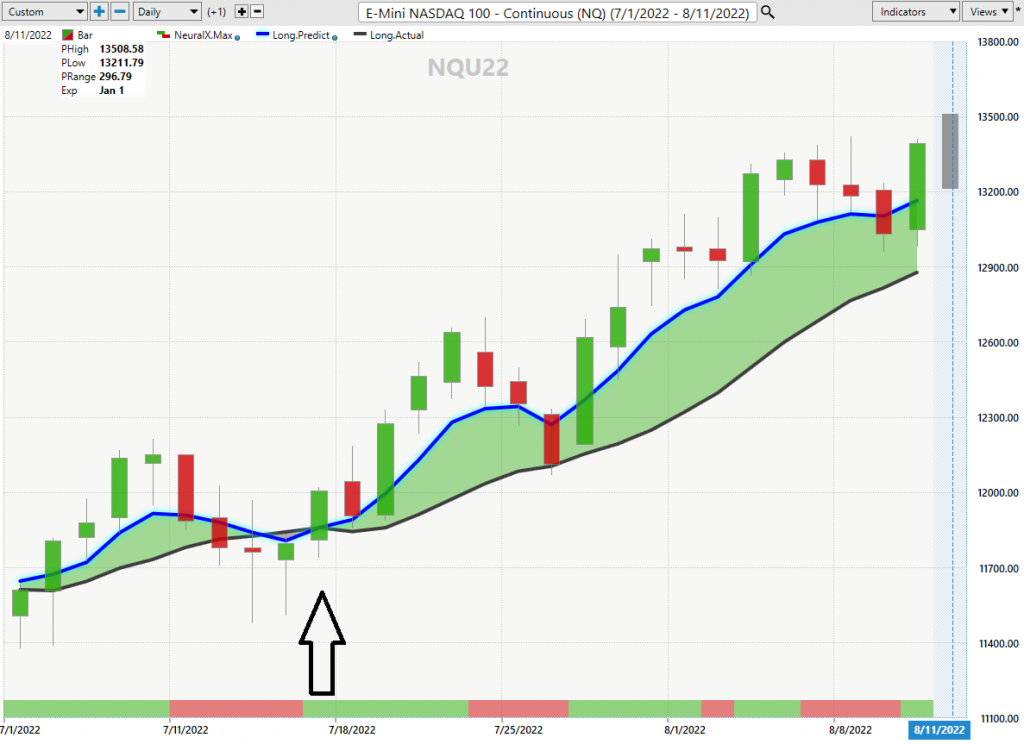
The Russell 2000 is Up 19.72% from its lows.
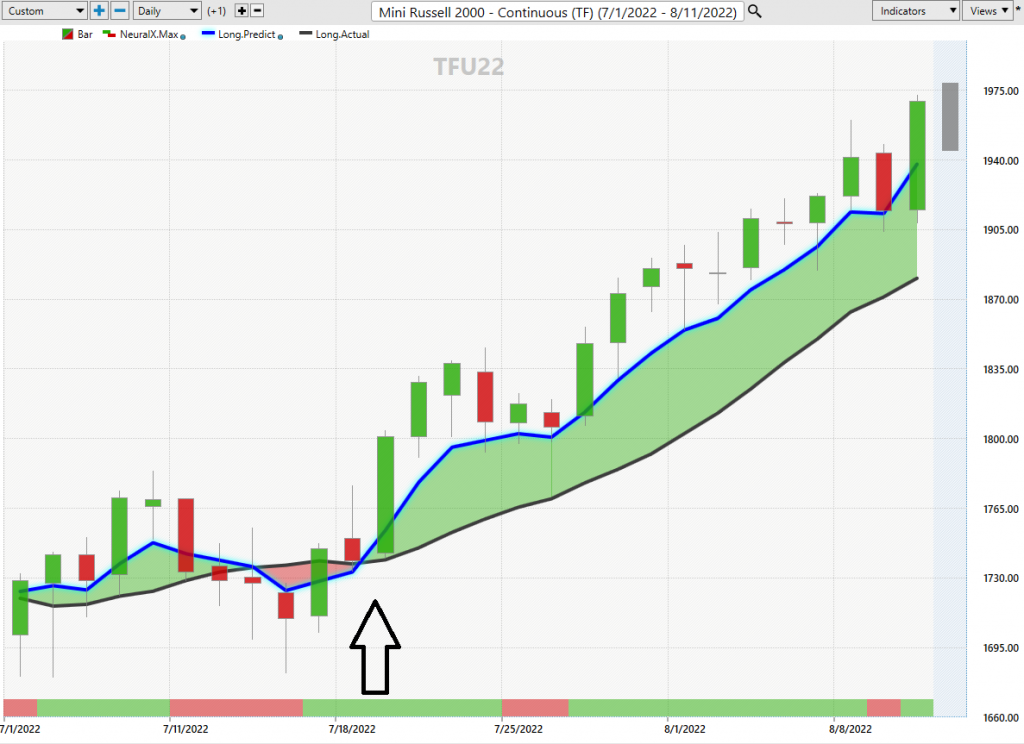
As I write these words only 37% of all stocks are trading above their 200-day moving averages. Inversely stated that means that 63% of all stocks are trading below their 200-day moving averages.
The 3 things we can control when we trade are:
- How big do I trade?
- How long do I trade?
- What do I trade?
Against this backdrop you must quickly differentiate between what SHOULD occur versus what is occurring and then clearly define the opportunity.
No easy task.
Let me provide an example.
Below are two graphics of the yield curve.
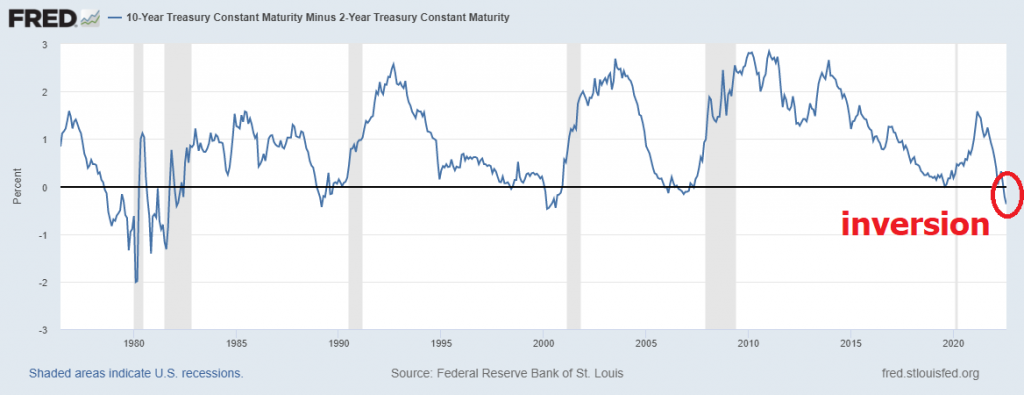
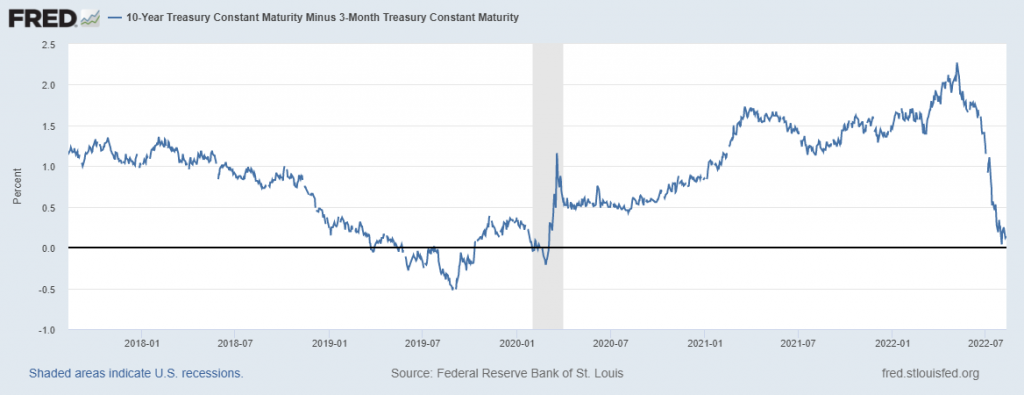
The first is the 2 years versus the 10-year treasury notes, which has clearly inverted and is forecasting recession.
The second graphic is the 3 months versus the 10-year treasury notes which is on the verge of inverting. In history, an inversion of the 3-month and 10-year treasury yield curve has been a reliable predictor of an oncoming recession. For this inversion to occur, the rate of return (yield) on shorter-term treasury bonds must exceed that of longer-term bonds. This yield curve inversion has preceded each of the last seven recessions dating back to 1955. Of these recessions, the average time from inversion to recession was 22 months. While there is no guaranteed causation between an inverted yield curve and a recession, history shows that there is a strong correlation between the two. As such, many investors are watching the yield curve closely to get an early indication of potential economic troubles on the horizon.
Both fundamental factors have analysts and traders screaming recession. During recessions markets SHOULD decline.
But when is the last time anybody paid you for your opinion on the economy?
The only thing that matters in trading is what price does. Everything else is just noise. This is one of the hardest lessons for traders to comprehend because they expect harmony between what is reported on the news and how a market behaves.
Nothing could be farther from the truth.
I want to propose that just as Wall Street fixates on the position of the yield curve, you as a trader should focus your attention on how artificial intelligence defines the trend and the best move forward.
Don’t equate headline news with the market you are trading.
Don’t try to make sense of what the financial media is reporting on the economy with what you are trading.
As a trader your only loyalty is to the trend.
At Vantagepoint we educate Power Traders to focus on our proprietary predictive blue line a.i. forecast. The rules are dead simple.
- The slope of the predictive blue line determines the trend.
- The ideal buy zone in up markets is buying at or below the predictive blue line. The ideal sell zone in down markets is selling at or above the predictive blue line.
- Strong markets consistently close above the predictive blue line.
- Weaker markets consistently close below the predictive blue line.
Let’s examine a few charts just so that you can see how this simplicity and power helps traders stay out of dangerous market environments and more importantly, stay on the right side of the right trend at the right time. The chart below is only the a.i. forecast of the S&P 500 over the last 7 weeks.
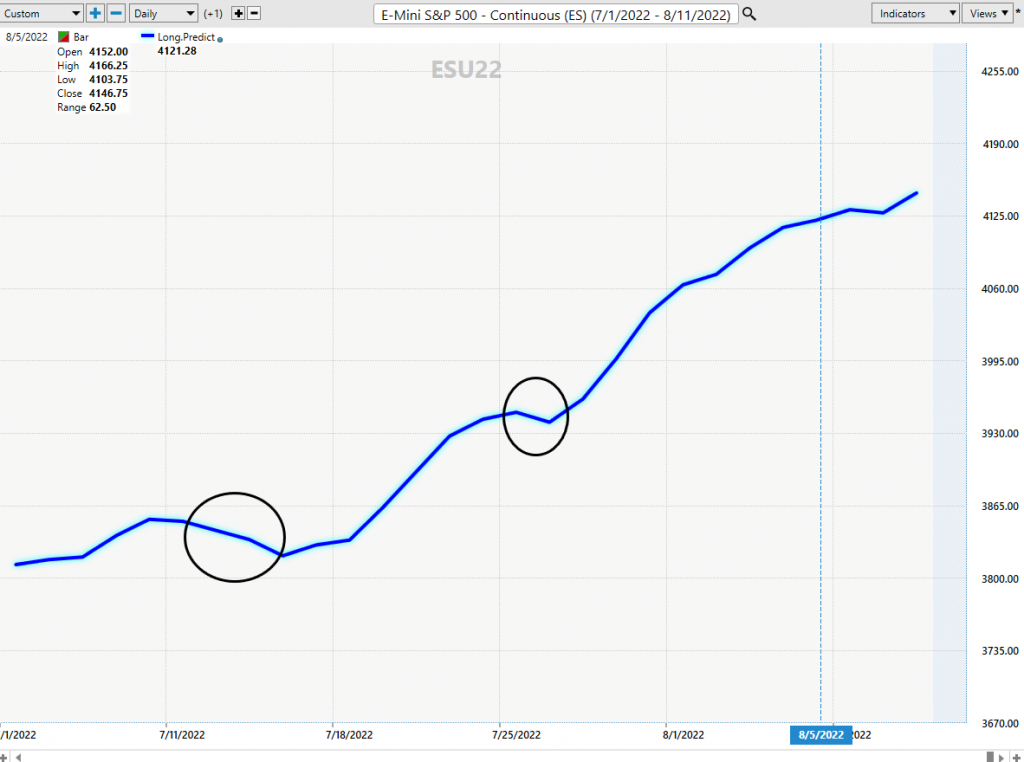
The circles on the chart isolate the areas when the trend forecast changed to moderately negative. From only this chart any Power Trader can quickly tell when the chart is UP, DOWN or Sideways.
That is invaluable in today’s 24-7 news cycle.
Let’s see what it looks like with real-time daily candles on the chart.
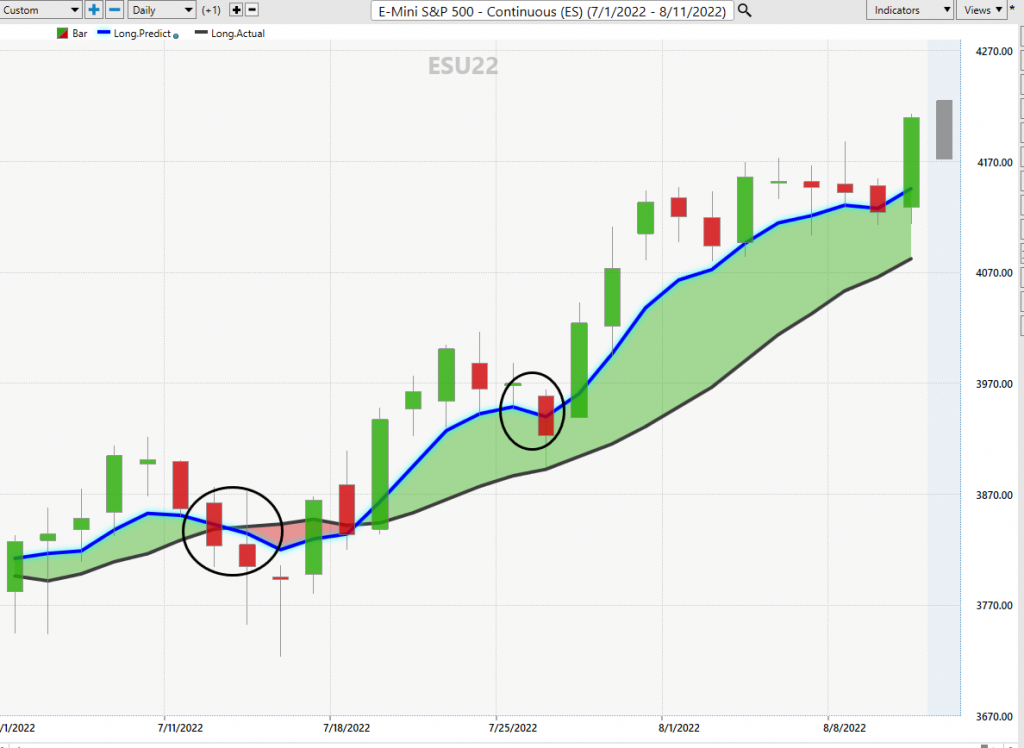
The only thing you want to know as a trader is UP, Down, or sideways. Everything else is just noise.
Let’s look at the Nasdaq Index. Initially let’s look at the Vantagepoint Predictive Blue line a.i. forecast.
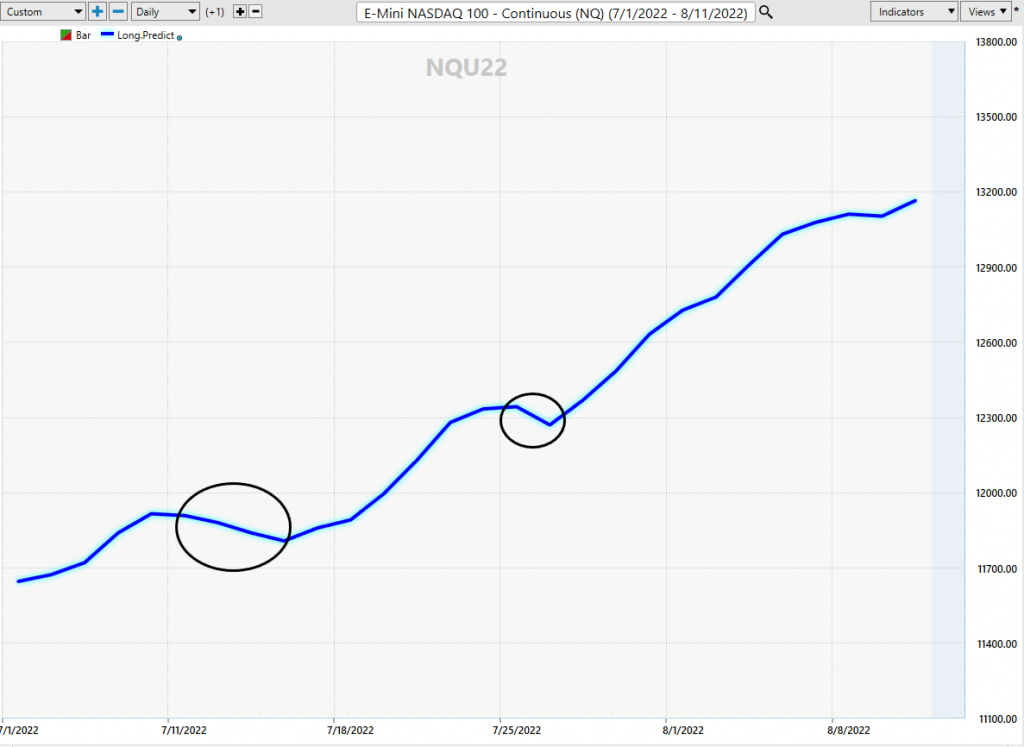
You can quickly discern where the trend is Up, DOWN or Sideways. The predictive blue line determines how you navigate.
Instead of focusing on economic reports, talking heads or advisory services you need a method that clearly identifies the trend. All you need to do is focus on the a.i. Here is what the NASDAQ price action looked like over the past 7 weeks.
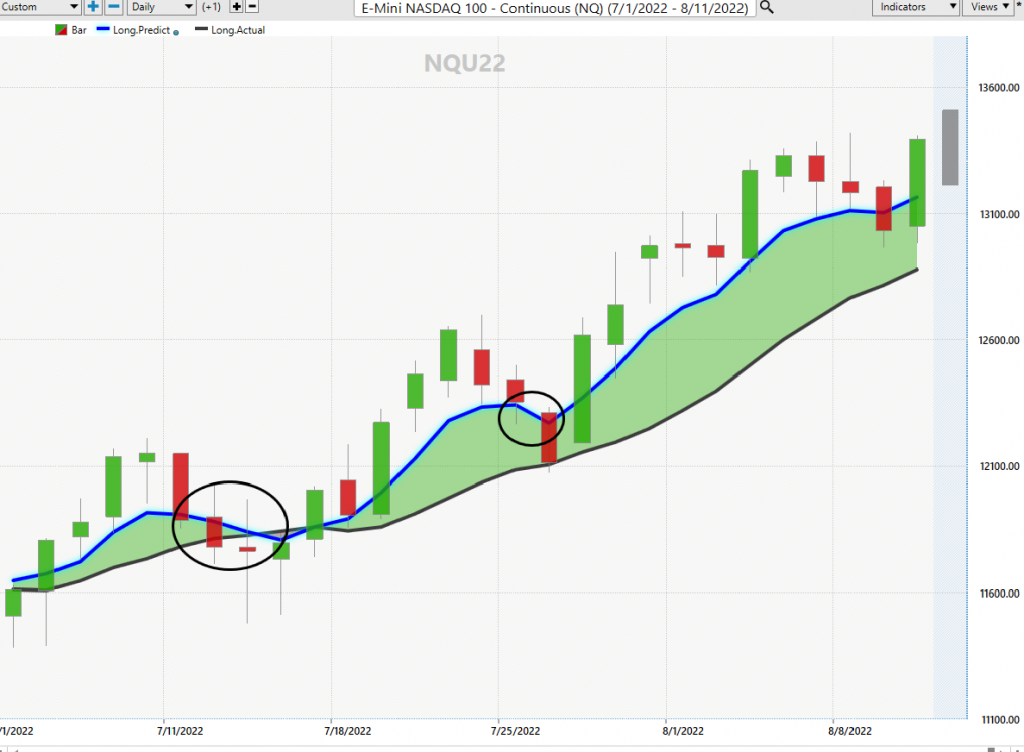
Even a brand-new trader can easily understand where the risk and opportunity exist on the chart.
Lastly, let’s look at the Russell 200 Index.
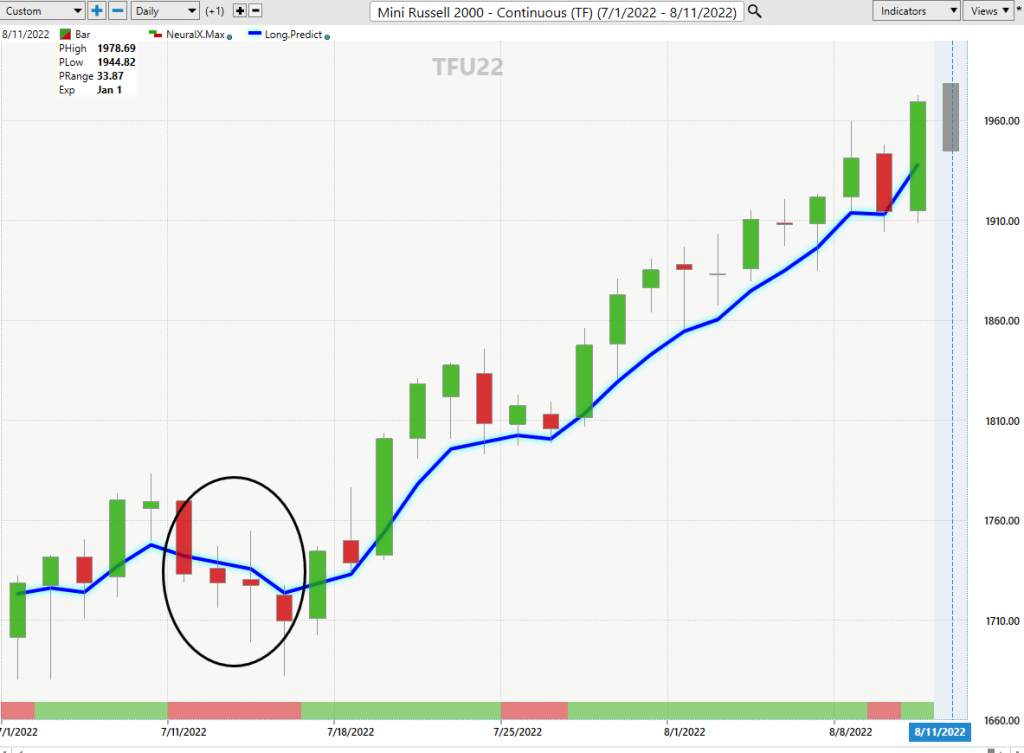
Complexity is the enemy of efficiency. To be effective, we must be able to streamline our processes and eliminate any unnecessary steps. But what happens when our systems become too complex? When there are too many moving parts, it becomes difficult to understand how they all fit together. For traders This can lead to inefficiencies and errors.
That’s why simplicity is often the key to success. By keeping things straightforward and streamlined, traders can maximize their chances of achieving their goals.
There are literally thousands of questions that I can throw at you that you think you need to answer to be successful.
We can go into granular detail about earnings reports, Fed policy, currency debasement, the debt crisis and inflation. However, as a trader the only questions you need to concern yourself with is:
- What is the trend?
- How much do I commit and how long should I stay in?
The power in this simplicity is that you can leave your opinion behind and focus your energy on what makes money.
Let me explain.
We are in a recession.
- When the Fed is “loose and dovish,” financial assets rise
- When the Fed is “tight and hawkish,” financial assets fall
- A Fed that tightens will virtually guarantee a recession
- The yield curve inversions portend tougher economic times
- Recessions have historically been bad for stocks
But all that being said, that is my opinion, the only thing that matters NOW is:
- What am I trading?
- What is the trend?
- How much do I commit?
- How long do I stay in?
In other words, don’t let an opinion get in the way of your trading.
Define the trend.
Define your risk.
And recognize that change will continue to happen faster and faster.
We live in exciting times.
A.I. is the framework where risk and opportunity are very clearly defined.
Remember, artificial intelligence has decimated humans at Poker, Jeopardy, Go! and Chess. Why should trading be any different?
Visit with us and check out the A.I. at our Next Live Training.
Discover why Vantagepoint’s artificial intelligence is the solution professional traders go-to for less risk, more rewards, and guaranteed peace of mind.
It can be as easy as Up, Down, Sideways.
It’s not magic. It’s machine learning.
Make it count.
IMPORTANT NOTICE!
THERE IS SUBSTANTIAL RISK OF LOSS ASSOCIATED WITH TRADING. ONLY RISK CAPITAL SHOULD BE USED TO TRADE. TRADING STOCKS, FUTURES, OPTIONS, FOREX, AND ETFs IS NOT SUITABLE FOR EVERYONE.
DISCLAIMER: STOCKS, FUTURES, OPTIONS, ETFs AND CURRENCY TRADING ALL HAVE LARGE POTENTIAL REWARDS, BUT THEY ALSO HAVE LARGE POTENTIAL RISK. YOU MUST BE AWARE OF THE RISKS AND BE WILLING TO ACCEPT THEM IN ORDER TO INVEST IN THESE MARKETS. DON’T TRADE WITH MONEY YOU CAN’T AFFORD TO LOSE. THIS ARTICLE AND WEBSITE IS NEITHER A SOLICITATION NOR AN OFFER TO BUY/SELL FUTURES, OPTIONS, STOCKS, OR CURRENCIES. NO REPRESENTATION IS BEING MADE THAT ANY ACCOUNT WILL OR IS LIKELY TO ACHIEVE PROFITS OR LOSSES SIMILAR TO THOSE DISCUSSED ON THIS ARTICLE OR WEBSITE. THE PAST PERFORMANCE OF ANY TRADING SYSTEM OR METHODOLOGY IS NOT NECESSARILY INDICATIVE OF FUTURE RESULTS. CFTC RULE 4.41 – HYPOTHETICAL OR SIMULATED PERFORMANCE RESULTS HAVE CERTAIN LIMITATIONS. UNLIKE AN ACTUAL PERFORMANCE RECORD, SIMULATED RESULTS DO NOT REPRESENT ACTUAL TRADING. ALSO, SINCE THE TRADES HAVE NOT BEEN EXECUTED, THE RESULTS MAY HAVE UNDER-OR-OVER COMPENSATED FOR THE IMPACT, IF ANY, OF CERTAIN MARKET FACTORS, SUCH AS LACK OF LIQUIDITY. SIMULATED TRADING PROGRAMS IN GENERAL ARE ALSO SUBJECT TO THE FACT THAT THEY ARE DESIGNED WITH THE BENEFIT OF HINDSIGHT. NO REPRESENTATION IS BEING MADE THAT ANY ACCOUNT WILL OR IS LIKELY TO ACHIEVE PROFIT OR LOSSES SIMILAR TO THOSE SHOWN.




